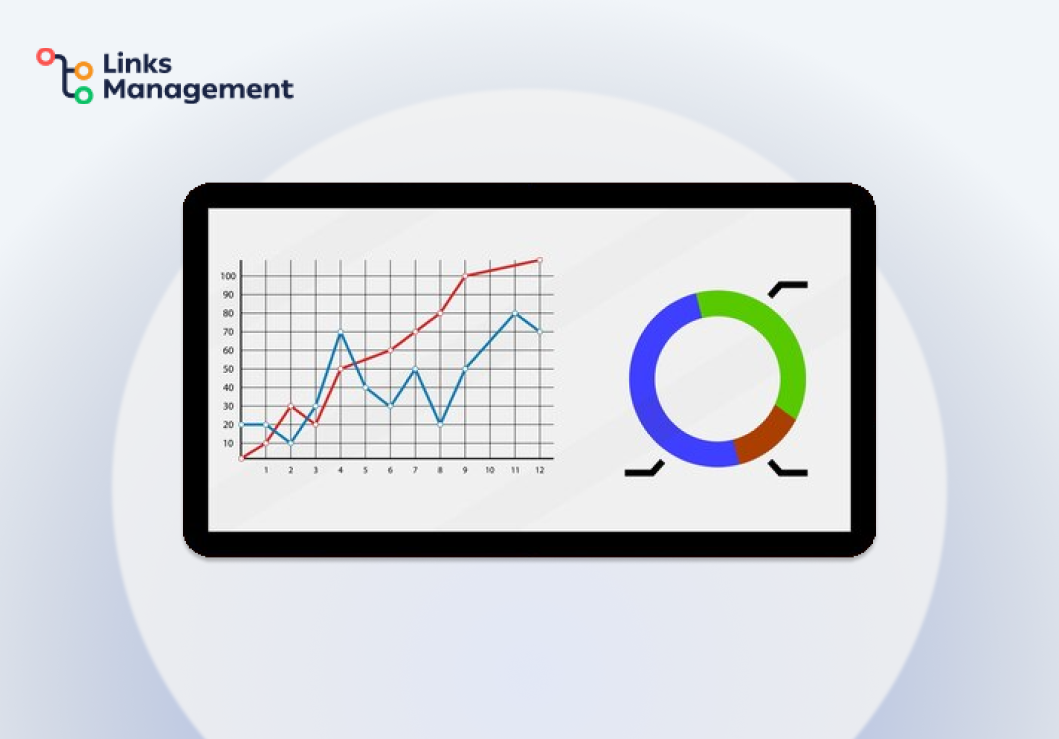What Is Scroll Depth In Google Analytics 4 And How To Track It
Have you ever wondered how far down your website visitors scroll? If so, you’re in luck because today, we’re diving into the world of scroll depth tracking in Google Analytics 4. Understanding user behavior is crucial for optimizing website performance and user experience. With scroll depth tracking, you can gain valuable insights and improve engagement.

This blog post explores scroll depth in Google Analytics, how it works in the latest version, and how to implement it. Learn about measuring scroll depth and its importance in Google Analytics 4.
What Is Scroll Depth?
Scroll depth is a metric used in digital analytics to measure the percentage of web page content visitors view as they scroll down a page. This metric is important for understanding user engagement and determining how much page content is consumed.
Google Analytics, a popular web analytics tool, offers a scroll depth tracking feature that allows website owners to see how far users scroll on a page. Website owners can gain insights into user behavior and make informed decisions when optimizing their web pages for better engagement and conversion rates by monitoring scroll depth in Google Analytics.
Why Is Scroll Depth Google Analytics Important?
Keeping your audience engaged is crucial for website optimization. However, measuring only page views or bounce rates is not enough. It is important also to consider the amount of time visitors spend on a page and how deep they scroll. This is where scroll depth comes into play.
Tracking how far down your content readers scroll provides valuable insights into their behavior on your website and how to improve their user experience.
Understand Engagement Levels
When a user stays on your website for over a few seconds, it indicates that your content is capturing their attention. However, tracking scroll depth can provide even more insight into user engagement. Google Analytics offers a scroll depth tracking feature that measures how far each user scrolls down the page.
By analyzing scroll depth data, you can determine how long users stay on your pages and which parts of the content they find most engaging. This information can be used to make improvements that will increase your engagement metrics.
Personalize User Experience
Measuring Google Analytics scroll depth provides insights into user interests on your website. This allows for customized user experiences based on visitor groups.
For example, if users scroll to the bottom of your services page, you could offer a callout or CTA button for deeper engagement or sign-ups. By segmenting your audience, you can provide a personalized experience based on their interests.
Measure the Impact Of Content
Websites often have specific goals for each page or blog post. Tracking scroll depth data can provide insight into user interaction and content effectiveness.
For instance, if a user only scrolls through 30% of a blog post, it may indicate that the topic is uninteresting or not engaging enough. The Google Analytics scroll depth metric can provide valuable insights for content creators and digital marketers. It helps identify the type of content that resonates most with audiences and how to improve the ROI of content marketing efforts.
Improve The Website’s SEO
Scroll depth is important for improving your website’s SEO. When users scroll down your web pages, it signals to Google that your content is high quality and valuable.
This can lead to higher Google rankings, increasing your website’s visibility and driving more organic traffic. Google Analytics provides this data so you can optimize your content.
Enhance User Experience
Your website’s user experience is crucial for retaining users. To ensure a welcoming experience, continually review how users interact with your website.

Analyzing scroll depth data and adjusting content can improve engagement and reduce bounce rates. By understanding users’ needs and providing relevant content, they are more likely to return and engage further.
How To Set Up Scroll Depth Tracking In GA4 And Why It Matters
Now, we will discuss the significance of comprehending your website’s context while configuring Google Analytics scroll depth tracking. Additionally, we will explain how to adjust scroll depth thresholds to match your website’s requirements.
Step 1: Enable Enhanced Measurement
To enable Enhanced Measurement in your GA4 property, follow these steps:
- Navigate to the Admin section and click on Data Streams.
- Select your website’s data stream and click on the tag icon.
- Go to ‘Measurement Settings’ and toggle on the ‘Enhanced measurement’ option.
This will enable all the Enhanced Measurement features, including Scroll Depth tracking.
Step 2: Set Up Scroll Depth Trigger
After enabling Enhanced Measurement, set up a Scroll Depth trigger by going to the ‘Triggers’ section and selecting ‘Create Trigger.’ Choose ‘Scroll Depth’ as the trigger type and set the percentage thresholds, which are 25%, 50%, 75%, and 100% by default. Adjust these thresholds to fit your website’s specific needs.
Step 3: Add Trigger To Tag
After setting up your Scroll Depth trigger, add it to your GA4 tag. Access the ‘Tagging’ section of your GA4 property, choose the tag you want to add the trigger to, and then navigate to ‘More Settings’ and select ‘Enhanced Measurement.’ Finally, select the Scroll Depth trigger you created and save the changes.
Step 4: Verify Scroll Depth Tracking
After setting up the Google Analytics Scroll Depth trigger, it is important to verify that it is tracking as intended. To do so, go to your website, scroll through a few pages, and view the ‘Real-time’ report on GA4. Under the ‘Engagement’ category, you should see events listed, including Scroll Depth events. If you do not see any events, double-check that you have set up the trigger correctly.
Step 5: Customize Scroll Depth Thresholds
Customize the page Scroll Depth thresholds to fit your website’s needs. For long-form pages with a lot of content, a 50% threshold may not accurately capture user engagement. Consider setting the threshold to 75% or higher. For landing pages with a clear message, a 25% threshold may suffice.
Importance Of Understanding Website Context
When setting up Scroll Depth tracking, it is important to consider the context of your website. This includes the length and complexity of the pages, as well as the content and structure, which can impact user engagement. By taking these factors into account, you can establish accurate Scroll Depth tracking thresholds that provide valuable insights into your website’s performance.
Analyzing Scroll Depth Data
Can Google Analytics measure how far a user scrolls on a page? Now, we will explain how to access and interpret page scroll depth reports to identify potential areas for improvement.
How To Access Scroll Depth Reports In GA4
To access your website’s page scroll depth report on GA4, follow these steps:
- Log in to your Google Analytics account and select the desired website.
- Select “Engagement” from the left-hand menu and click “Overview”.
- Scroll down to the “Event” section and click “See Event Details”.
- Now click on “Scroll Depth” from the list, and you’re ready to view the reports.
Understanding Scroll Depth Metrics
GA4 provides various metrics to assess user behavior, including scroll depth. Here are some key metrics to track:
- Sessions by scroll depth: This metric illustrates how many user sessions on your website have scrolled a particular length.
- Average scroll depth: This metric averages the amount each user scrolls across all your site users.
- Scroll depth to specific elements: This metric provides insight into how many users scroll to a particular element on a page.
- Scroll hits by percentage: This metric will show the percentage of users that made specific scroll depths, like reaching the 25% or 50% marker.
Analyzing And Interpreting Scroll Depth Data
Now that you can access scroll depth data, here are some ways to interpret the report.
- Identify user engagement across different pages. Determine if your homepage is more engaging than your product pages. This will help you focus on pages that require improvements.
- Set Scroll Depth Goal. In GA4, you can establish scroll depth objectives for each page and track the number of users who have achieved them.
- Determine the Effectiveness of Call to Action. Understanding the call to action when user engagement decreased, compared to the ‘exit rate,’ can help determine if the page’s call to action is effective.
- Identifying Technical Issues. Scroll Depth reports can help identify technical issues on your website. For instance, if a significant number of users on a particular device are not scrolling down the page, it could indicate usability issues on that device.
Conclusion
In conclusion, tracking scroll depth in Google Analytics 4 provides valuable insights into user behavior and engagement. This information can be used to optimize website performance and drive conversions.
Analyzing scroll depth data can help you make informed decisions to improve your website’s design, content, and user experience, ultimately leading to a more successful online presence. Therefore, it is important not to overlook scroll depth as it may be the missing piece in your website analytics puzzle.
Enter URL & See What We Can Do Submit the form to get a detailed report, based on the comprehensive seo analysis.